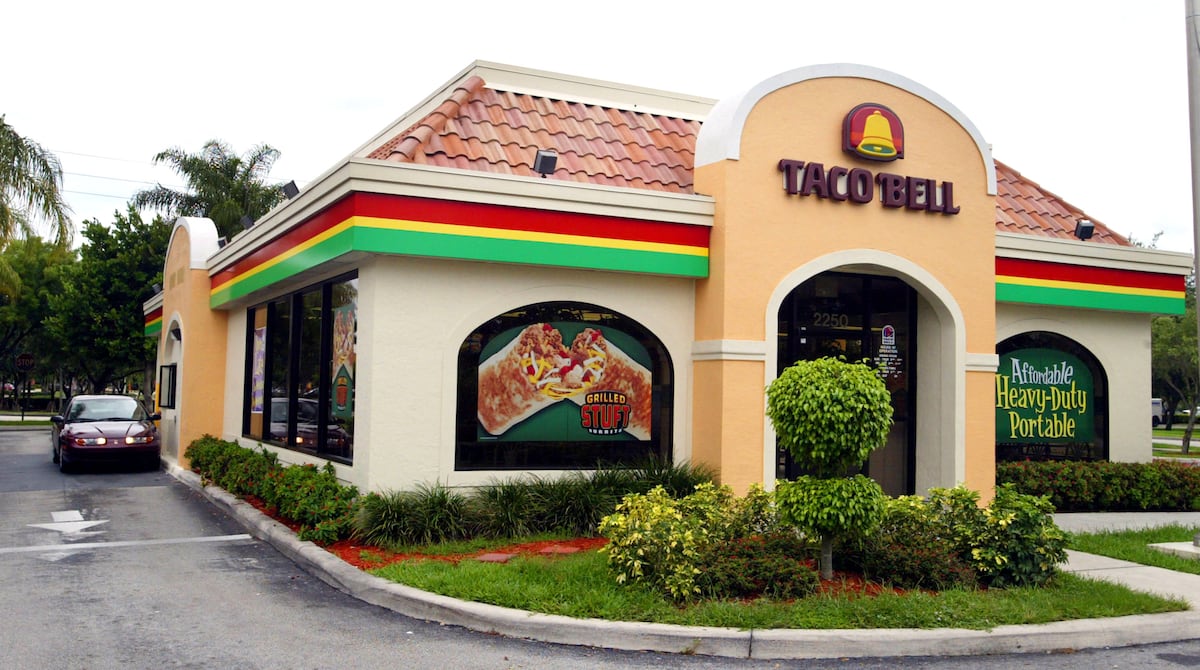Among the many late-night, gastrointestinal-wrecking delights within American fast-food culture, Taco Bell stands elite.
For decades, Americans have fearlessly and willingly forked over hard-earned cash despite knowing a minute on the lips, forever (or so it would seem)… on the lavatory.
Despite these Eric Cartman-esque Stage Four bouts of fecal displeasure, Taco Bell remains one of the top fast food chains in the nation thanks, in large part, to a Marine.
Glen Bell was born in Lynwood, California, on Sept. 3, 1923, to Glen and Ruth Johnson Bell. One of six children, the future American restaurateur set off on his own at the age of 16 and, according to his “Taco Titan“ biography, “[went] on the bum” and “r[ode] the rails in search of work.”
That work, or lack thereof, led him to joining the Marine Corps in 1943, rising to the rank of corporal and serving as a cook and food server.
Cpl. Bell seemingly learned about food efficiency while feeding hordes of hungry Marines while island hopping in the Pacific.
Serving from 1943 until his honorable discharge in 1946, Bell took the Corps’ lessons of streamlining and logistics to fuel a burgeoning empire.
After the war, according to The New York Times, Bell “bought a surplus Army truck and began hauling adobe bricks at 5 cents each. A miniature golf course that he leased failed to make a profit. Then, he opened a hamburger stand in a Hispanic neighborhood.”
While drive-in stands dotted San Bernardino at that time — the McDonald’s brothers were just getting their start down the road — Bell wanted to streamline Mexican food.
Ground beef, chopped lettuce, shredded cheese and chili sauce could, Bell believed, outpace hamburger sales among Americans, but the problem remained the vehicle of delivery.
Traditional Mexican restaurants served their tacos in a soft shell. According to Bell, “If you wanted a dozen, you were in for a wait.”
But Bell had a secret weapon: a man who made chicken coops for a living.
Hiring this individual to fashion a frying contraption made from chicken coop wire, Bell was able to quickly fry preformed shells made for easy assembly.
Selling for 19 cents, Bell’s hamburger shack-turned-taco-stand took off.
Recalling his first customer, Bell wrote in his memoir, “He was dressed in a suit and as he bit into the taco the juice ran down his sleeve and dripped on his tie. I thought, ‘Uh-oh, we’ve lost this one.’ But he came back, amazingly enough, and said, ‘That was good. Gimme another.’”
By 1954, Bell garnered enough success to open Taco Tia, which exclusively sold Mexican-style food.
Alongside partners, Bell opened four Mexican food-adjacent restaurants, but concluded the endeavor was not worth the pursuit and eventually sold out.
Then, with a $4,000 investment in hand, Bell struck gold.
In 1962 he opened his first Taco Bell in Downey, California, and over the next two years opened eight more — “each with a grand opening featuring live salsa music, searchlights and free sombreros,” according to The New York Times.
Bell sold the chain to PepsiCo in 1978, cementing his legacy as the late-night munchies king.
“I always smile,” Bell told Nation’s Restaurant News in 2008, “when I hear people say that they never had a taco until Taco Bell came to town.”
Now, thanks to Bell, one can consume a stack of Nacho Cheese Doritos® Locos Tacos Supreme® before washing it down with a perfectly crisp, turquoise Baja Blast with mere 111 grams of sugar per serving.
A true culinary experience, courtesy of a devil dog.
Claire Barrett is the Strategic Operations Editor for Sightline Media and a World War II researcher with an unparalleled affinity for Sir Winston Churchill and Michigan football.
Read the full article here





